White’s is going to mix the capabilities of two different types of machines – VLF and Pulse Induction. Looking forward to White’s new super metal detector?
What do you know about VLF and Pulse Induction technologies? For an ordinary treasure hunter it’s enough to know basic principles. VLF detectors are based on the continuous wave principle. These machines provide better discrimination, but can be affected by external factors. For example, ground mineralization reduces detection depth. Pulse Induction detectors, however, still give good detection depth on highly mineralized ground, but have problems with discrimination accuracy.
White’s decided to create a hybrid device by combining two technologies. The patent was verified and confirmed on March 15, 2016 (U.S. Patent No. 9,285,496 В1).
(source: pdf)
The author of a new method is Carl Moreland, White’s former chief engineer. Currently Carl is continuing his career at First Texas (Fisher/Teknetics/Bounty Hunter metal detectors). He is one of the developers of a triple-frequency Spectra V3, and author of books about metal detectors. For now, John Earle, chief engineer at White’s today, is engaged in developing the project.
Let me remind you: last year FisherLab announced its plans to release a smart metal detector. So what? If there’s any news, we won’t miss it. So check back on MD-Hunter blog. Happy hunting to all!
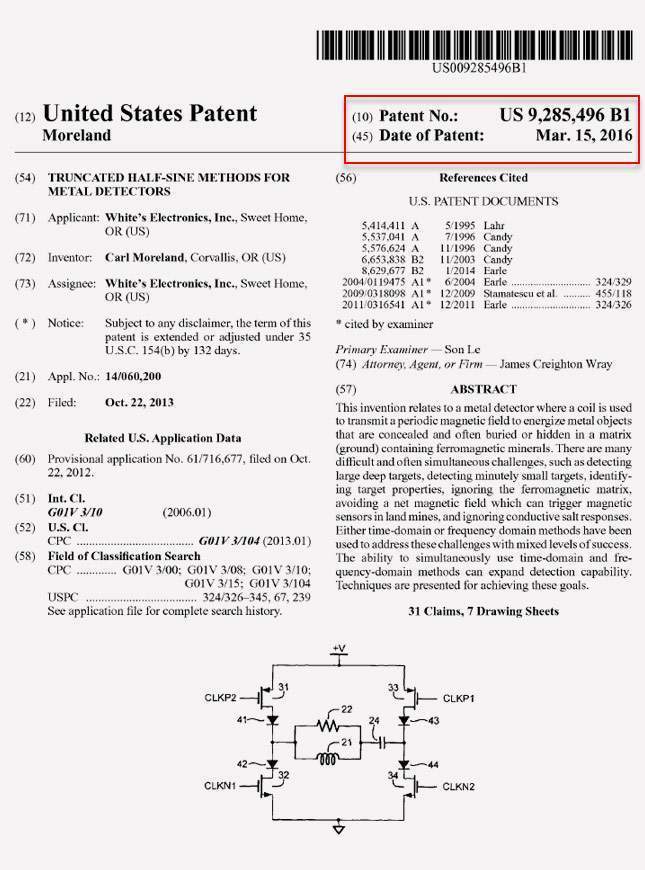

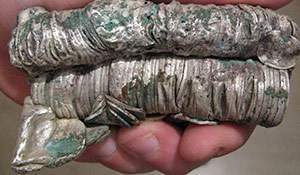
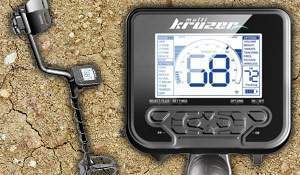
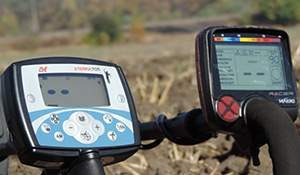




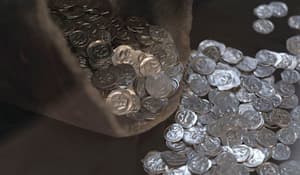

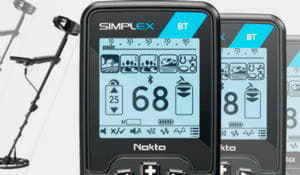
This is referred to as “half-sine” metal detector technology. There’s currently a race to be the first to bring this technology to market between Whites, Minelab, and First Texas. One of the major advantages of this technology is its superior ground rejection capability. Another is that although it operates in both time (pulse) and frequency (VLF) domain, it also has the benefit of operating more like a multifrequency VLF than a single frequency VLF, so strong disc and ID, as well as more effective ground rejection and depth. This is not exactly a “new” technology. It has been used in geophysical prospecting applications since the 60s, but it is new the hobby world. Obviously there are complications though, because metal detector companies have been actively working on this for more than 5 years and nothing more than partially functional prototypes have been made.
Pure “sine wave” has no DC component. “Half-sine wave” has very big DC component.
This DC component can not be transmitted or received – so inventors of this technology
will think for the nearest 50 years what to do with it.
P.S. This patent belongs to Carl Moorland so this is not “science fiction”
this is “pure fiction”!
You’re going to look pretty silly for saying such things so confidently shortly. I’m not sure where the vitriol comes from in regard to Carl Moreland, but he’s plenty capable of developing this technology and bringing it to market. half-sine is not science fiction or a figment of anyone’s imagination. There’s every reason to believe this is exactly where the industry is headed. It sounds like Tom Dankowski in partnership with another company have already marketed a half-sine metal detector called the Tarsacci MDT-8000.
I read Manual on MDT 8000. There is nothing in it about “half-sine wave
tecknology”. On page 23 – Mixed Domain Technology, but there is no
patent number. So I have no idea what kind of metal detector they did.
I d love to see whites offer their new machine.They are the best in the world!
Whites has been working on this half sine technology since before Carl left Whites, summer of 2015 there was a prototype on the ground being tested. Recently last yr I heard that there is a prototype of this machine being tested in Relic country here in the USA. I think we will be seeing this new machine for sale very soon! It appears to be good for nugget hunting as well as relic. I might be a buyer.